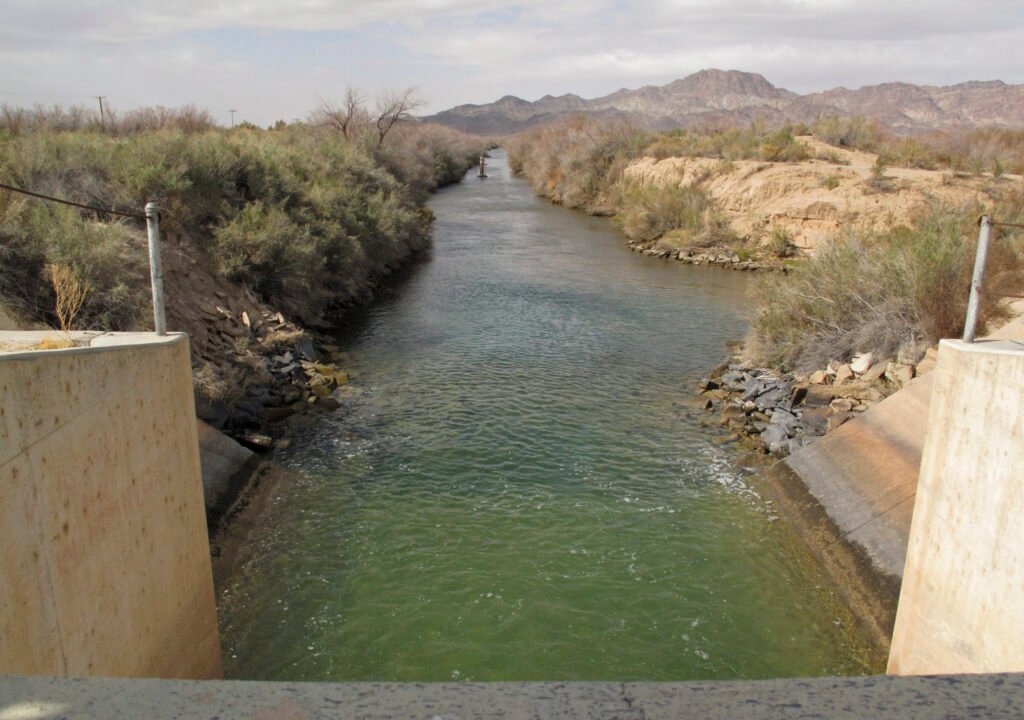Water Concerns in Arizona: A Critical Shift
As drought conditions worsen across Arizona, cities like Phoenix, Scottsdale, and Tucson are feeling the pressure related to water availability, which poses challenges for future growth and development.
Arizona is grappling with a delicate balance regarding its water resources. With increased water allocations for residential and industrial use, other sectors, notably agriculture, are facing cuts. Agriculture alone accounts for about 72% of the state’s total annual water consumption, making it particularly vulnerable.
Recently, Arizona has started to confront this pressing issue. In July, the state legislature passed an unprecedented law that allows the transfer of groundwater rights from agricultural use to urban development in Maricopa, Pinal, and Pima counties. Signed by Governor Katie Hobbs, this law marks a significant shift in policy.
Known as “Ag to Urban,” the framework lets farmers sell their groundwater rights to the housing sector, all on a voluntary basis. Farmers have the autonomy to decide if, when, and at what price they wish to sell their rights.
However, this initiative comes with significant restrictions. Credits that home builders can access are limited to areas neighboring previous agricultural land that is no longer in operation.
While “Ag to Urban” is a promising first step, it doesn’t tackle the urgent need for sustainable surface water, which is crucial for managing expected reductions from the Colorado River supply. To effectively counter these declines, Arizona will need to consider extending the program to include irrigated agriculture near the Colorado River.
The notion of reallocating water from agriculture to urban areas isn’t entirely new. For instance, in California’s Palo Verde Irrigated District, a similar strategy was implemented in 2005, allowing them to transfer up to 100,000 acre-feet of water to Southern California’s metropolitan area under a long-term lease.
In Palo Verde, the approach is participatory, where over 90% of farmers have chosen to engage in the program. There’s a limit on annual water transfers to about 28% of the district, which helps preserve the area’s economic health.
This model could serve as an example for Arizona. Starting in Yuma County, which has several federal reclamation districts that irrigate around 150,000 acres, there’s potential to implement similar strategies. Currently, these irrigators largely escape the severe reductions imposed on urban water users by the Central Arizona Project, which raises concerns.
It’s crucial for Arizona’s legislators to establish a framework akin to Palo Verde’s, enabling voluntary reductions of up to 20% in water use from Yuma County. This cap could potentially generate around 170,000 acre-feet annually for urban areas in central Arizona.
Significantly, such a program could operate without disrupting Yuma County’s vital winter vegetable industry, which utilizes roughly half of the irrigation water, while the rest largely supports alfalfa and hay. There is sufficient capacity for transfer initiatives that spare the lettuce economy from adverse effects.
Local councils are encouraged to build on the initiative launched by “Ag to Urban” by developing similar programs for farmers in Yuma County during forthcoming legislative sessions. With a critical deadline approaching in 2026, when seven Colorado River states must finalize new water management rules, Arizona must take the lead in this pivotal discussion.







